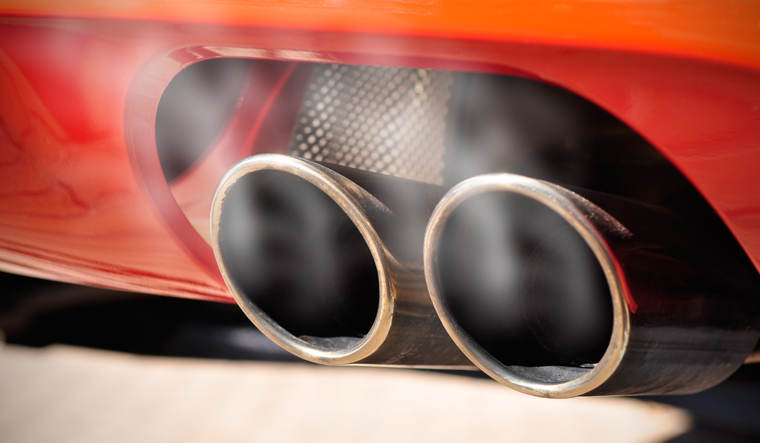Scientists say they have used a Nobel-prize winning chemistry technique on a mixture of metals to potentially reduce the cost of fuel cells used in electric cars and lower harmful emissions from conventional vehicles.
The researchers from the University of Manchester in the UK translated a biological technique, which won the 2017 Nobel Chemistry Prize, to reveal atomic scale chemistry in metal nanoparticles.
These materials are one of the most effective catalysts for energy converting systems such as fuel cells, according to the study published in the journal Nano Letters.
The particles have a complex star-shaped geometry and the new research shows that the edges and corners can have different chemistries which can now be tuned to reduce the cost of batteries and catalytic convertors.
The 2017 Nobel Prize in Chemistry was awarded to Joachim Frank, Richard Henderson and Jacques Dubochet for their role in pioneering the technique of single particle reconstruction.
This electron microscopy technique has revealed the structures of a huge number of viruses and proteins but is not usually used for metals.
Now, researchers, including those from the University of Oxford in the UK and Macquarie University in Australia, have built upon the technique to produce three dimensional elemental maps of metallic nanoparticles consisting of just a few thousand atoms.
The research demonstrates that it is possible to map different elements at the nanometre scale in three dimensions, circumventing damage to the particles being studied.
Metal nanoparticles are the primary component in many catalysts, such as those used to convert toxic gases in car exhausts.
Their effectiveness is highly dependent on their structure and chemistry, but because of their incredibly small structure, electron microscopes are required in order to image them. However, most imaging is limited to 2D projections.
"We have been investigating the use of tomography in the electron microscope to map elemental distributions in three dimensions for some time," said Professor Sarah Haigh, from the University of Manchester.
"We usually rotate the particle and take images from all directions, like a CT scan in a hospital, but these particles were damaging too quickly to enable a 3D image to be built up," Haigh said.
"Biologists use a different approach for 3D imaging and we decided to explore whether this could be used together with spectroscopic techniques to map the different elements inside the nanoparticles," she said.
Like 'single particle reconstruction', the technique works by imaging many particles and assuming that they are all identical in structure, but arranged at different orientations.


